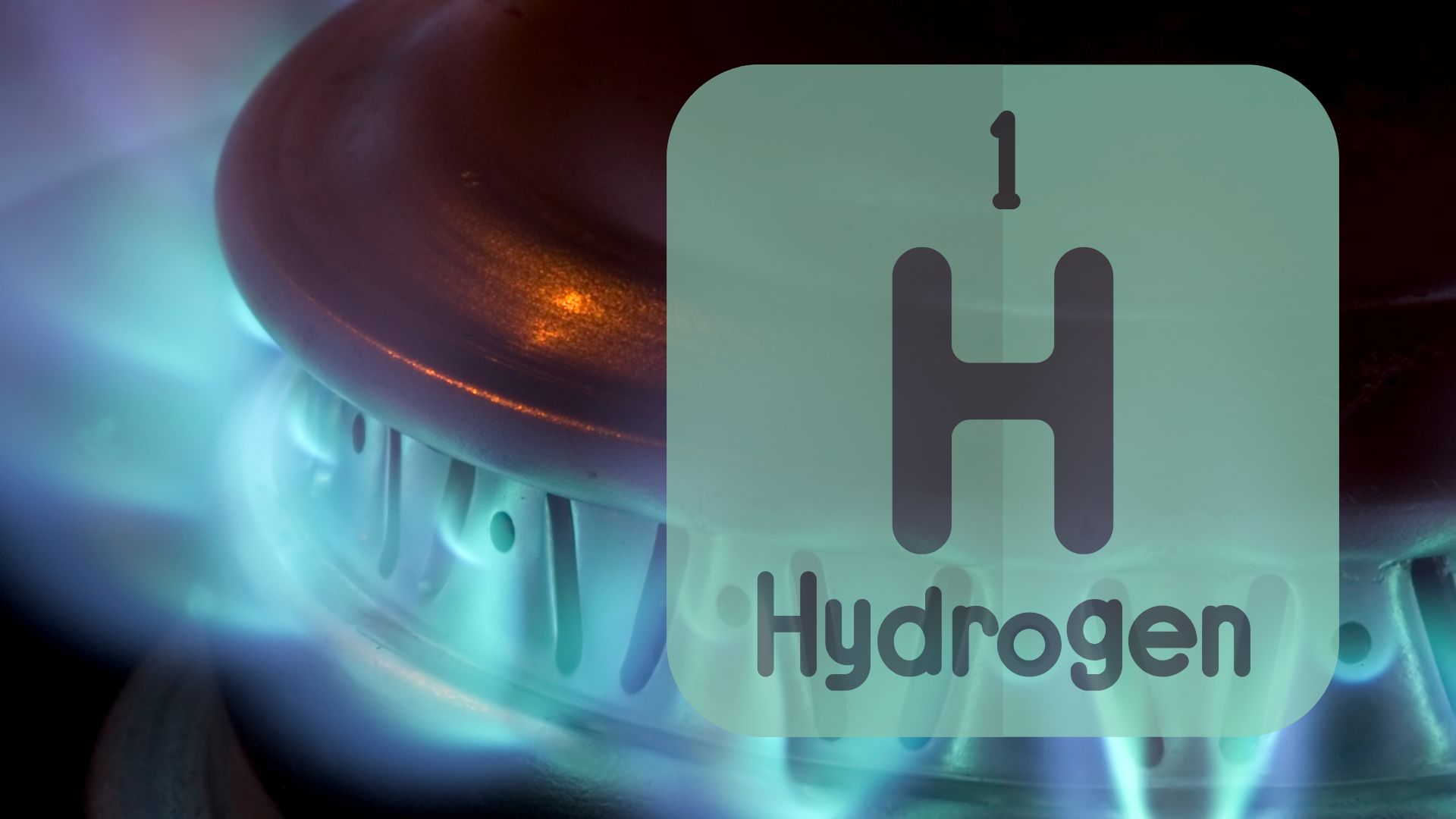Advancing Industrial Heat with Hydrogen Burners: A Technological Breakthrough
Industrial facilities worldwide rely on high-temperature burners to produce essential products like steel, glass, and chemicals. This necessity, however, has long been linked to energy-intensive processes contributing to significant carbon emissions. Recent innovations in hydrogen burner technology—a collaboration between global energy leader ExxonMobil and industrial combustion expert Zeeco—are set to reshape not only industrial operations but also the path toward a low-carbon future.
Strategic Collaboration for Hydrogen Burner Advancement
ExxonMobil and Zeeco have been long-time partners in leveraging advanced industrial heat technologies. The focus of this collaboration has shifted toward decarbonizing heat-intensive processes, which are particularly challenging to address due to their reliance on high-temperature combustion. Together, their engineering teams have developed a new hydrogen-capable burner designed to help industries transition toward cleaner energy solutions.
Key Advancements in Hydrogen Burner Technology
- Hydrogen Compatibility: These burners can operate using up to 100% hydrogen as a fuel source, eliminating CO2 emissions at the point of use.
- Flexible Fuel Use: The burners are designed to transition between hydrogen, natural gas, or a blend of fuels, allowing facilities adaptability depending on fuel availability and cost.
- High-Efficiency Heat Delivery: The burners can generate the intense heat levels required for heavy industries without sacrificing efficiency.
- Seamless Integration: These burners are designed to retrofit within existing industrial systems, helping facilities transition without completely overhauling infrastructure.
Supporting Industry Transformation
Industries like steel, glass, and chemical manufacturing are considered pivotal to the global economy yet notoriously difficult to decarbonize. Their energy demands depend on continuous operations and extremely high temperatures for critical processes. The introduction of hydrogen burners opens the door for:
- Steel Manufacturing: Historically one of the most significant carbon emitters, the steel industry can leverage hydrogen burners for creating the intense heat needed to smelt ores and manipulate metals.
- Glass Production: Hydrogen burners can provide consistent, high-temperature heat for melting sand and other raw materials integral to glassmaking, with a reduced environmental footprint.
- Chemical Synthesis: Many chemical production processes depend on controlled high-temperature settings, which hydrogen burners can supply without adding greenhouse gas emissions.
By integrating hydrogen-compatible burners, these industries gain vital tools to reduce emissions and align with global net-zero goals.
Baytown Project as a Hydrogen Hub
The Baytown facility in Texas is spearheading the movement toward low-carbon industrial technologies. With its ambitious hydrogen initiative, Baytown will soon host the world’s largest low-carbon hydrogen production facility once operational. This facility will support on-site industrial activities, including the use of hydrogen burners, and has the potential to supply additional hydrogen to nearby industries. Such a large-scale project acts as a proving ground for the viability of hydrogen as a mainstream industrial fuel.
Pioneering a Transition Toward Hydrogen Readiness
Transition infrastructure plays a crucial role in the global adoption of low-carbon technologies. Hydrogen burners exemplify this challenge and opportunity by enabling industries to prepare for a hydrogen-driven future. Facilities can begin by blending hydrogen with conventional fuels, progressively increasing hydrogen use as supply chains mature. This dual-fuel capability lays the foundation for practical, incremental change, rather than abrupt, large-scale transformations.
The Bigger Picture for Immediate Use
- Industrial facilities can implement hydrogen-compatible burners today to reduce CO2 emissions while gradually transitioning to hydrogen as a primary fuel.
- Governments and industries must prioritize investments in hydrogen distribution networks to scale up adoption.
- Cross-industry collaboration and technology-sharing efforts will further accelerate the global transition to clean energy practices.
Building Toward a Cleaner Industrial Future
The development of hydrogen burners illustrates a critical step forward in addressing one of today’s most pressing environmental challenges—the reduction of emissions in energy-intensive industries. By combining cutting-edge engineering with practical adaptability, these burners make a compelling case for widespread integration. At present, solutions like these allow industries to utilize existing infrastructure to make substantial immediate impacts, bridging the gap as hydrogen production and distribution expand globally.
Through continued innovation, partnerships, and infrastructure development, hydrogen burner technology could help shape a cleaner, more sustainable future—one high-temperature process at a time.


